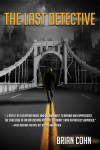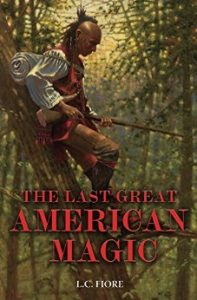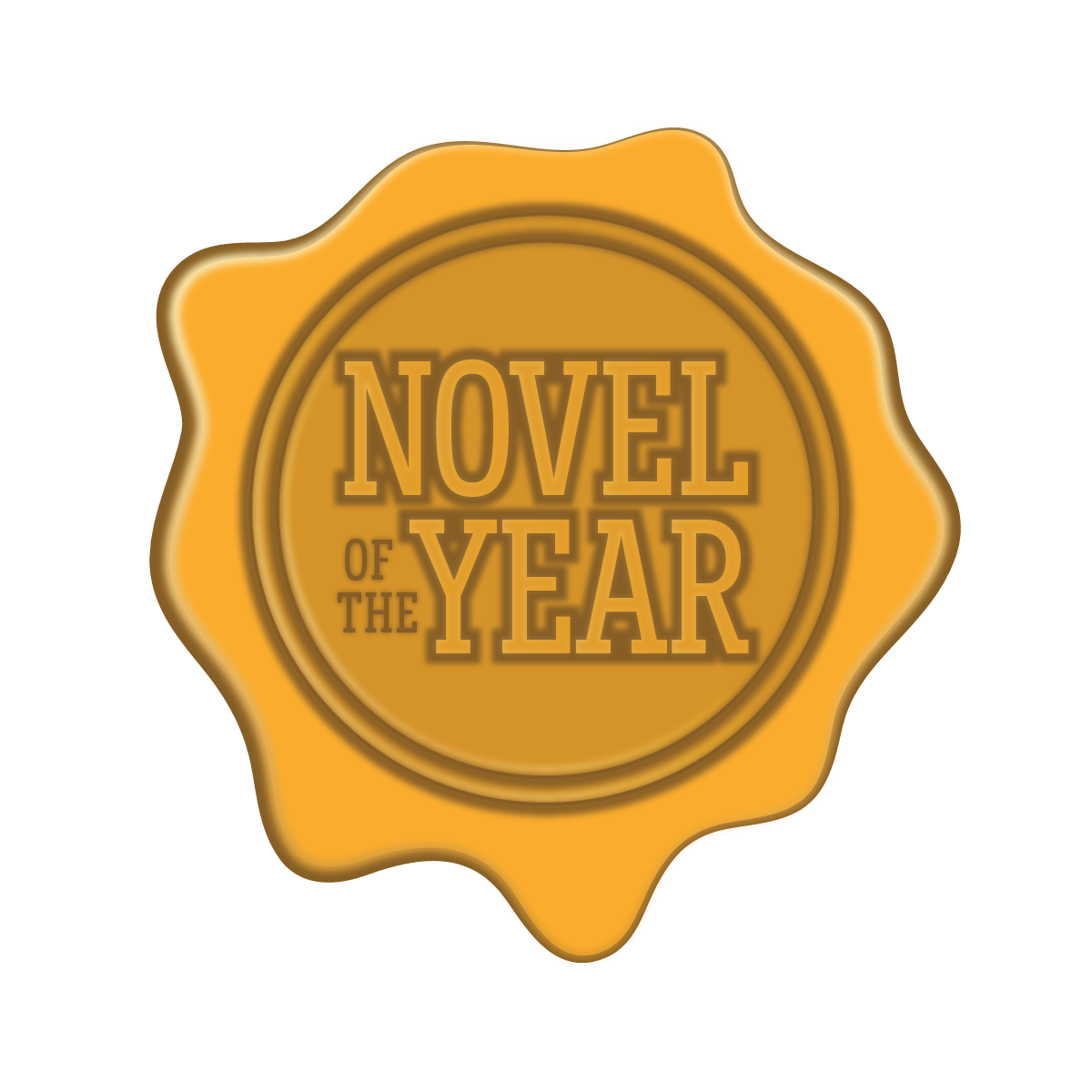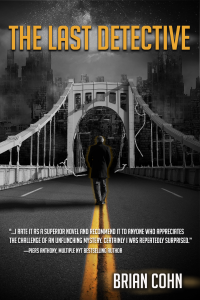
The Forgotten Gemstone
Additional Info for Reviewers & Staff
I chose the self-publishing route for a number of reasons. The first, I've always wanted to make my own books, from interior design to cover et al, and doing so has been a tremendous and fun learning experience. The second, to learn more about publishing in general and have something to share with my local community of writers. Third, to begin promoting myself as an author.
Half way through the first draft, I had two friends, both avid readers in different genres, have a read and give me general feed back and impressions. After the first draft was complete, I wasn't happy with it and deconstructed 2/3rds of it and rewrote it. Once I was satisfied, I handed it over to my First Reader and we did an in depth discussion of the story structures, what worked, what didn't. I revised and rewrote accordingly. I then handed it back to my First Reader and a second reader. I revised accordingly. I went through it one more time and polished, then handed it back to my second reader for another read. In between rounds of revision, I would take time (3-4 weeks) to give myself some distance from the text.
Hi Bill,
Hope the New Year is treating you well and you still have an interest in fantasy stories about transformation. Identity and transformation at the heart of my second world science fiction/fantasy The Forgotten Gemstone. The main character, Ule, can manipulate energy and matter, so she is, of course, a shapeshifter. Based on your profile, I'm confident there will be some aspects of my book you will enjoy, for some of the characters shift into animals. It is the first in a trilogy, and the "lightest" in tone and content of the other three. The second book, The Other Castle, is available, and the third, The Starry Rise, will be available this summer. Thanks for the consideration. Looking forward to hearing from you. Kit
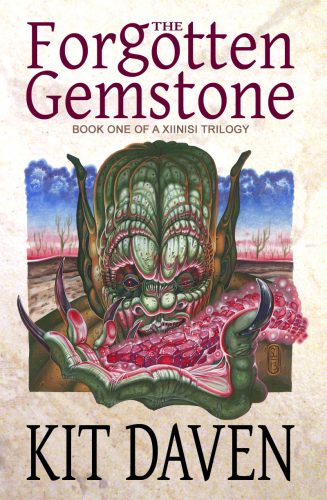
Editing, Production, Marketing & Sales
The novel starts with an emotional upset goddess escaping the reality of her plane to a world she’d created to comfort her. The world, however, has been slightly neglected and has changed into an almost unrecognizably arid landscape. These changes aren’t anywhere near what a few thousand years of neglect would account for. The cultures have changed. Her priests and worshipers are all but forgotten. The fantastic flower-beast that was supposed to be nigh-immortal is dead and petrified as stone, as if it has been dead a million years. None of this makes sense to her.
The very nature of the world is so fundamentally changed that a great deal of her power is out of reach. Her exit from the world is cut off. She begins her investigation into what happened assured that she is still safe with the power she possesses. Once she corrects whatever has gone wrong, she believes that she can return to her home realm without issue.
Instead, Ule is surprised to discover that demons still walk her world. Unprepared for this, the one time goddess is captured and transformed into a tool to be used by anyone who possesses it/her. For long generations, she is studied and used, often without out her conscious thought.
Eventually, she escapes her servitude and has to pull herself together without the memory of what she once was. Or could be.
There’s quite a bit of world-building here and the first few pages suffer under the weight of it. Interestingly enough, her conflicted emotional state when she first ran away to Elish might have been the harder part for me to unravel. I’m not sure if its a blessing or curse that we don’t see the Xiinisi (world-builders) homeland and society for jumping into the ruins of her comforting sanctuary creation. The saving grace in these first 100 pages were the characters she populated the world with. I found her interactions with the mere mortals of her realm refreshing, realistic, and often amusing.
Once the goddess was transformed, I began to like her. Long before the halfway mark, I loved her and cheered for her. I wasn’t sure if I wanted her to regain her godhood or simply accept her humanity. As a TF fan, I enjoyed all the transformations. The demon Istok’s one trick pony transformations became boring quickly, but it proved satisfying in the end.
Now that the characters and the worlds of Ule are more fully fleshed out, I’m looking forward to the sequel.
The Rundown
The novel starts with an emotional upset goddess escaping the reality of her plane to a world she’d created to comfort her. The world, however, has been slightly neglected and has changed into an almost unrecognizably arid landscape. These changes aren’t anywhere near what a few thousand years of neglect would account for. The cultures have changed. Her priests and worshipers are all but forgotten. The fantastic flower-beast that was supposed to be nigh-immortal is dead and petrified as stone, as if it has been dead a million years. None of this makes sense to her.
The very nature of the world is so fundamentally changed that a great deal of her power is out of reach. Her exit from the world is cut off. She begins her investigation into what happened assured that she is still safe with the power she possesses. Once she corrects whatever has gone wrong, she believes that she can return to her home realm without issue.
Instead, Ule is surprised to discover that demons still walk her world. Unprepared for this, the one time goddess is captured and transformed into a tool to be used by anyone who possesses it/her. For long generations, she is studied and used, often without out her conscious thought.
Eventually, she escapes her servitude and has to pull herself together without the memory of what she once was. Or could be.
The Recommendation
There’s quite a bit of world-building here and the first few pages suffer under the weight of it. Interestingly enough, her conflicted emotional state when she first ran away to Elish might have been the harder part for me to unravel. I’m not sure if its a blessing or curse that we don’t see the Xiinisi (world-builders) homeland and society for jumping into the ruins of her comforting sanctuary creation. The saving grace in these first 100 pages were the characters she populated the world with. I found her interactions with the mere mortals of her realm refreshing, realistic, and often amusing.
Once the goddess was transformed, I began to like her. Long before the halfway mark, I loved her and cheered for her. I wasn’t sure if I wanted her to regain her godhood or simply accept her humanity. As a TF fan, I enjoyed all the transformations. The demon Istok’s one trick pony transformations became boring quickly, but it proved satisfying in the end.
Now that the characters and the worlds of Ule are more fully fleshed out, I’m looking forward to the sequel.
The Rating

4 Stars (out of 5): Recommended. For the right audience, this book is a great read. It can hold its own against any traditionally published novel in its genre.
The Pros & Cons
Pros: Characterization, Prose, Strong World-BuildingCons: Plot Sometimes Jumpy, Slow in Places
Author’s Summary
True nature is impossible to forget.
Ule is Xiinisi, a race of trans-dimensional world builders. Shunned by her peers and spurned by a love interest, she retreats into Elish, a model 24-60-60 planet she built during her childhood to provide escape and entertainment while being incarcerated.
Dismayed by the ill turn in Elish’s evolution since her youth, Ule attempts to return home and is blocked by a mysterious force. In search of another way back to her realm, she discovers an unusual phenomenon never before expressed in worldbuilding:
Demons walk the Root Dimension.
After an encounter with Istok, a cactus demon determined to spread his brand of fear, Ule is bound by his magic. Transformed into a gemstone, she succumbs to a dream state. Upon awaking, she is thrust back into Elish where merchants and farmers struggle to recover from a one hundred year war, and even worse…
Ule cannot remember who or what she is.
Join Ule as she searches for clues to her true nature and identity in a world she originally designed to make her forget.
Short Description
Ule is Xiinisi, a race of trans-dimensional world builders. Trapped in a world of her own creation, she encounters a cactus demon that has taken on corporeal form. As she struggles to find a way home, she is forced to rediscover who she is meant to be.
Catchphrase
True nature is impossible to forget.Quality reviews of independent literature from 2011 - 2018


